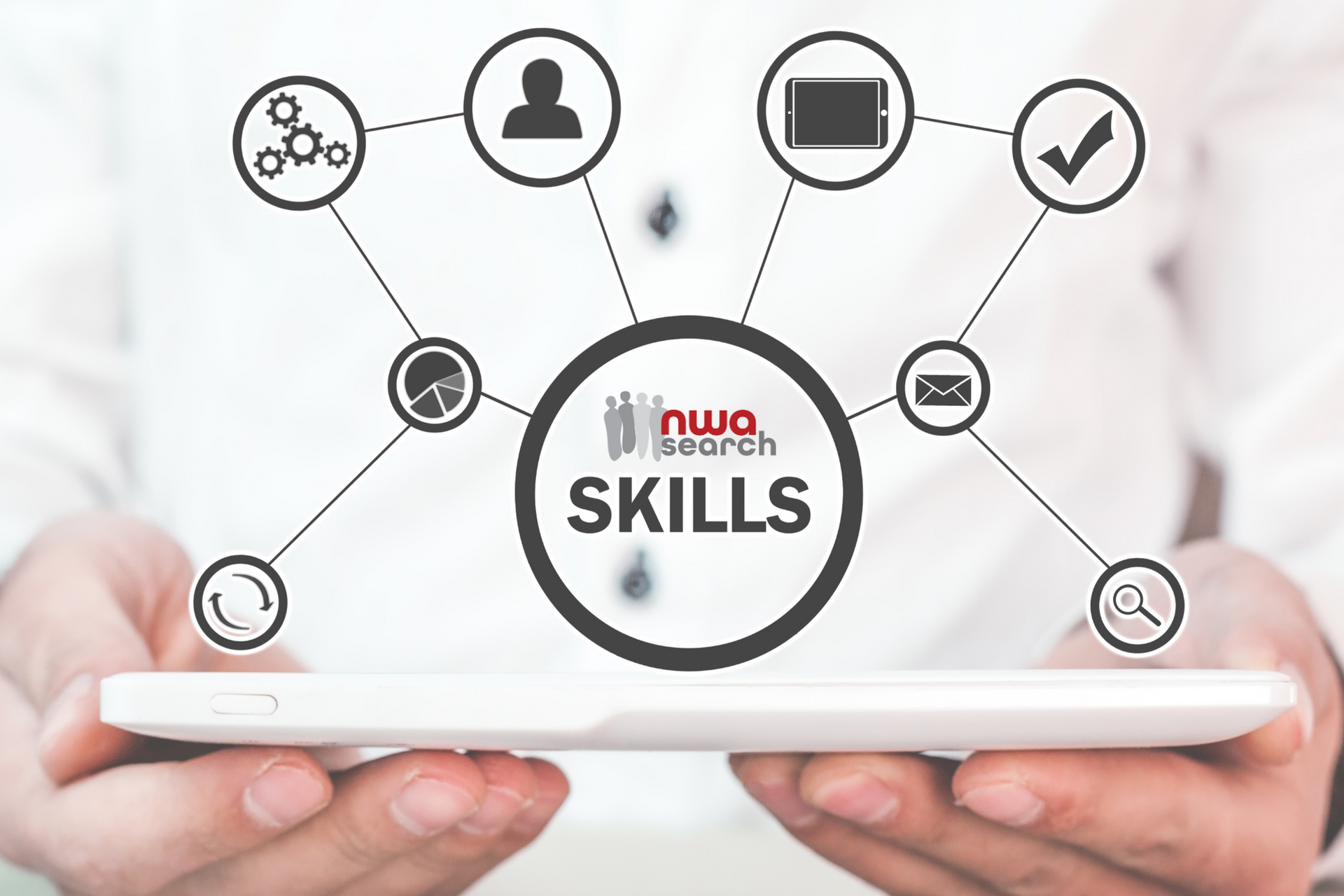Mastering the STAR Method: A Guide to Acing Your Next Interview
Career Insights:
Mastering the STAR Method: A Guide to Acing Your Next Interview

Most interviews feature behavioural questions that prompt you to share real-life examples of your skills and experience. These questions often start with “Tell me about a time when…” and can be challenging to answer without preparation.
The good news is, there’s a tried-and-tested technique that can help you navigate these questions confidently. Known as the STAR method, this approach allows you to structure your responses concisely and compellingly. Let’s dive into what the STAR method is, how to use it to tackle behavioural questions, and practical tips for preparing memorable answers.
What is the STAR Method?
The STAR method is a structured approach to answering behavioural interview questions, which ask you to provide examples of how you’ve handled certain situations in past roles. STAR is an acronym that stands for:
- Situation: Set the stage by describing the context or background of the situation.
- Task: Explain your specific responsibility or objective within that situation.
- Action: Describe the steps you took to address the task or resolve the issue.
- Result: Share the outcome, ideally with measurable results.
With this four-step format, you can give interviewers clear, relevant answers that showcase your skills in real-world scenarios.
Why Use the STAR Method?
Behavioural questions are designed to reveal how you approach challenges, make decisions, and collaborate with others. Using the STAR method helps you answer with structure and specificity, avoiding vague responses and highlighting your direct impact. For example, instead of saying “I handled customer complaints,” you can use STAR to explain exactly how you resolved a difficult situation and the positive results you achieved.
How to Structure a STAR Response
To get started, let’s break down each part of the STAR method to ensure your answers are polished and impactful:
- Situation: Briefly describe the setting or context of your example. Keep this part concise, providing just enough detail to set the stage for your story. For example, “I was working as a customer service manager during a peak sales season when we faced a major shipment delay.”
- Task: Explain what you were responsible for in that situation. Clarify your role and the objective you needed to achieve. In the example above, your task might be, “I needed to ensure customer satisfaction despite the delay and prevent cancellations.”
- Action: This is the most crucial part of your response. Describe the specific steps you took to tackle the challenge, focusing on your contributions. Avoid vague statements and focus on actions that demonstrate your skills. For instance, “I coordinated with other store locations to transfer available stock, communicated proactively with customers, and offered incentives for delayed deliveries.”
- Result: Conclude with the outcome of your actions. Ideally, you should provide a positive result backed by measurable data, such as, “As a result, customer satisfaction ratings improved by 20% during the holiday season, and our store’s sales exceeded projections by 10%.”
Example STAR Response
To illustrate, here’s a sample STAR answer to a common interview question: “Describe a time when you overcame a difficult challenge at work.”
- Situation: “In my role as a project coordinator, I was assigned a high-stakes project with a tight deadline that required collaboration across multiple departments.”
- Task: “My goal was to meet the project’s timeline without sacrificing quality or causing delays to other team members’ workloads.”
- Action: “I created a shared project timeline, organised regular check-ins, and coordinated each team member’s contributions. I also implemented a feedback loop to quickly address any issues that arose.”
- Result: “Thanks to this strategy, we completed the project ahead of schedule and received positive feedback from stakeholders, who noted the efficiency and quality of our teamwork.”
Common STAR Interview Questions
Behavioural questions often focus on areas like problem-solving, teamwork, adaptability, and leadership. Here are a few examples of questions where the STAR method can be helpful:
- Problem-solving: “Tell me about a time when you faced an unexpected challenge at work. How did you handle it?”
- Teamwork: “Can you describe a time when you worked well with others to achieve a goal?”
- Adaptability: “Have you ever had to adjust your plans due to changing circumstances? What did you do?”
- Leadership: “Share an example of a time when you motivated your team to achieve a difficult objective.”
These questions allow you to demonstrate your critical thinking, interpersonal skills, and work ethic—all of which are qualities that hiring managers value.
Tips for Preparing Your STAR Responses
Success in using the STAR method depends on thoughtful preparation. Follow these steps to craft powerful responses that resonate with interviewers:
1. Identify Relevant Skills
Start by reviewing the job description to identify the key skills and qualities required. If a job listing emphasises teamwork and problem-solving, for instance, think about experiences where you excelled in these areas. Tailoring your answers to the specific role helps you highlight why you’re a great fit.
2. Reflect on Past Experiences
Think about previous roles, internships, volunteer work, or other experiences where you demonstrated valuable skills. Choose examples that are as relevant as possible to the position. If you’re interviewing for a customer-facing role, prioritise stories that show your communication and problem-solving skills.
3. Practise Telling Your Stories
Practise your STAR answers out loud to become comfortable with the structure and flow. If possible, rehearse with a friend or mentor who can give you feedback. Practising aloud helps you refine your responses, making them sound more natural and less rehearsed.
4. Quantify Your Results
Whenever possible, quantify the results of your actions. Data-driven results, such as “increased sales by 15%” or “reduced project completion time by 20%,” make your contributions more compelling and demonstrate your impact.
5. Be Ready for Follow-up Questions
After you share a STAR response, the interviewer may ask follow-up questions to learn more about your decision-making or communication style. Prepare to expand on your answers by thinking through each step and the reasons behind your actions.
The Power of the STAR Method in Interviews
The STAR method is an invaluable tool for job seekers. Not only does it help you answer questions clearly and concisely, but it also enables you to tell a story that showcases your unique strengths. When used well, STAR responses can leave a lasting impression on interviewers, making it easier for them to see how your skills align with the company’s needs.
While it might feel intimidating at first, mastering the STAR technique can make a significant difference in how you present yourself during interviews. By preparing examples in advance, reflecting on past achievements, and practising aloud, you’ll be able to answer even the toughest questions with confidence.
Using STAR, you’ll not only improve your interview performance but also become better at articulating your career story. Whether you’re interviewing for your first role or aiming for a promotion, the STAR method provides a strong foundation for telling your story—and landing your next job.










